Local to Global: Why I go to school
| Published: 06-05-2023 3:56 PM |
“I go to school because I need to learn … I need to learn math and times tables and fractions. But if I don’t go to school, I won’t get a job to buy everything I need … I would not be able to know my ABCs. I would have to live on the street. I would have to ask for money all the time. I would have no food or clothes. It would take a long time to get a nice job, I would suffer a bunch.” Aleeya Peters, 10
“I go to school to learn and get good education … So then when I do really good in school I could get a scholarship and get to college and get a good job … If I work and get a lot of money I can give money to the poor and help my mom as well as buying her clothing … and a big house.” Leilany Jackson, 12
“I go to school to get smarter and to respect others and myself and to learn math. And I go to school to be kind to others and to learn how to draw and to see my friends and to learn how to read …” JezzyDemers, 8
These are a few responses from the 20 students ages 7-14 in the Twice As Smart enriching after-school learning environment for children to help launch them on a rewarding path to higher education. During the month of May, each child’s photo, self-portrait, essay on “Why I Go to School” and creative artwork were on display at the LAVA center in Greenfield. Doug Selwyn, president of LAVA’s board and a lifelong teacher, author and advocate of holistic education, observed “nothing is as important as encouraging a child to develop a sense of self for their fulfillment in life.” This precisely is the mission of Twice As Smart.
Founder and director Gloria Matlock began this Greenfield-based after-school program in 2018 to reduce the barriers to learning that her low-income students face — barriers that could easily result in poor academic achievement and diminished life possibilities. Twice As Smart aims to:
■Provide after school academic instruction to augment confidence in reading, writing and mathematics leading to a love of learning.
■Cultivate social and listening skills.
■Encourage each child to develop their unique “voice” and to find self-expression through art and music.
Article continues after...
Yesterday's Most Read Articles
 Police report details grisly crime scene in Greenfield
Police report details grisly crime scene in Greenfield
 On The Ridge with Joe Judd: What time should you turkey hunt?
On The Ridge with Joe Judd: What time should you turkey hunt?
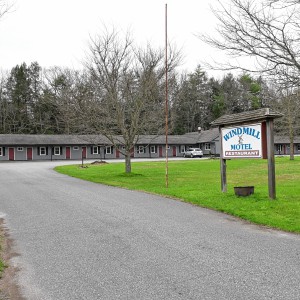 New buyer of Bernardston’s Windmill Motel looks to resell it, attorney says
New buyer of Bernardston’s Windmill Motel looks to resell it, attorney says
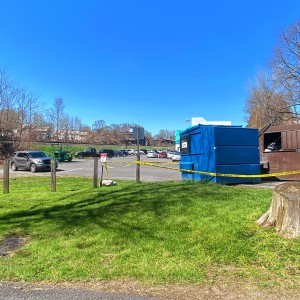 Greenfield man arrested in New York on murder charge
Greenfield man arrested in New York on murder charge
 Man allegedly steals $100K worth of items from Northampton, South Deerfield businesses
Man allegedly steals $100K worth of items from Northampton, South Deerfield businesses
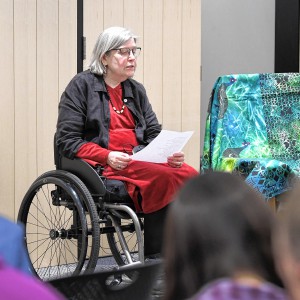 Joannah Whitney of Greenfield wins 33rd annual Poet’s Seat Poetry Contest
Joannah Whitney of Greenfield wins 33rd annual Poet’s Seat Poetry Contest
■Expose children to resources, role models and experiences that expand their educational and career possibilities.
Twice As Smart students are Latinx, Black and African American, Native American and white; some are immigrants. Many live in public housing; and their caregivers are parents, grandparents, and sometime foster parents.
Looking to the larger society helps us grasp the significance of this local initiative for children too easily caught in a web of poverty and inequality. “Poverty isn’t a line [as in above or below the poverty line]. It’s a tight knot of social maladies,” writes Matthew Desmond, author of “Poverty, By America.” “It is connected to every social problem we care about — health, education, housing, crime — and its persistence in American life means that millions of families are denied safety and security and dignity in one of the richest nations in the world.”
Worsening the weight of poverty is inequality — simply put, the gap between haves and have nots. Income inequality brings its own plague of ills: lower educational performance, higher teenage birth rates, higher rates of mental illness, more child neglect and children bullying other children. Our country is the most unequal high-income economy in the world, diminishing even more our low-income children’s chances of dignity and upward mobility.
With this national backdrop of poverty and economic inequality, let us return to the local: Greenfield public schools’ budget. Throughout April and May, citizens, city councilors and members of the School Committee and school administration argued passionately in public meetings and letters to the editor, that “investing in our schools must be a top priority.” This outcry was catalyzed by the mayor’s proposed cut of $1.5 million to the Greenfield School Department proposed budget for 2024, while sustaining the proposed police budget among others — a seeming mirror image of the federal government’s priorities. As of late May, the City Council voted unanimously to restore $1.18 million back to the School Department budget. In response Mayor Wedegarter callously cut the money restored for young people’s education by $365,000.
Twice As Smart, a model of holistic education for the Greenfield public schools, is clearing the students’ obstacle-laden path to higher education, jobs and a deep sense of self. As Deborah Shriver, board member of Twice as Smart, said of the Why I Go to School exhibit: “It was a wonderful way to showcase the children’s creative work and also to have a public way to say, these are our community’s children. And they have so much to give.”
Pat Hynes, of Montague, is a board member of the Traprock Center for Peace and Justice and member of Nuclear Free Future.
]]>

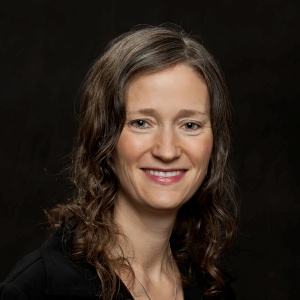 My Turn: A moral justification for civil disobedience to abortion bans
My Turn: A moral justification for civil disobedience to abortion bans My Turn: Industrial solar installations are overwhelming Northfield neighborhood
My Turn: Industrial solar installations are overwhelming Northfield neighborhood Guest columnist Rudy Perkins: Dangerous resolution on Iran
Guest columnist Rudy Perkins: Dangerous resolution on Iran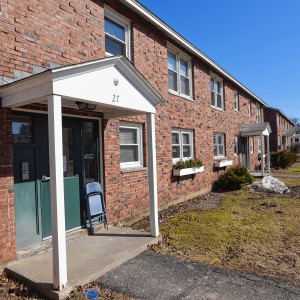 Guest columnists Ellen Attaliades and Lynn Ireland: Housing crisis is fueling the human services crisis
Guest columnists Ellen Attaliades and Lynn Ireland: Housing crisis is fueling the human services crisis
